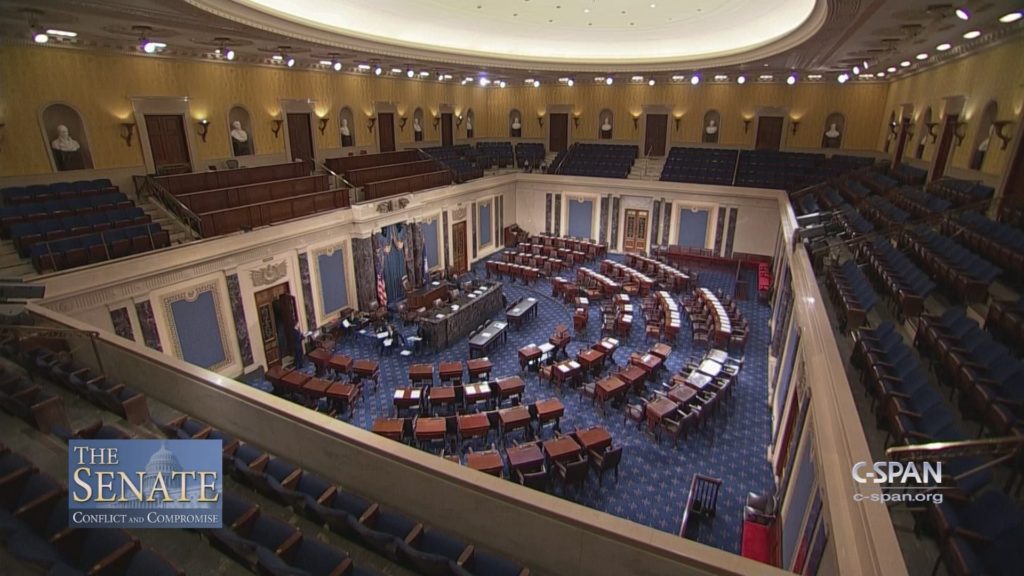Should the legislative filibuster rule be eliminated in the Senate?

The filibuster in the Senate is used to delay or block action on most legislation through unlimited debate. Because of this, the Senate currently requires a supermajority of 60 votes for most legislation to pass. In response to the increased use of filibusters and the elimination of filibusters for judicial nominations, there has been a call for the elimination of the filibuster when passing legislation. This deliberation has students learn about the history of the filibuster and how it has been used. Using this information, students will answer the question: Should the legislative filibuster rule be eliminated in the Senate?
Objectives and Outcomes
- Students will be able to define and explain the purposes of filibusters and cloture.
- Students will be able to discuss the benefits and drawbacks of simple majorities and supermajorities.
- Students will evaluate the benefits and drawbacks of eliminating the filibuster in the Senate in order to develop their own opinion on the issue.
Teaching about Legislative Filibusters
- Lesson Plan
- Vocabulary Preview
- Background Article Questions
- Background Video Questions
- Note-Taking Chart
- Deliberation Activities
Background Articles
- Filibuster and Cloture– U.S. Senate
- With little fallout from nuclear option, Senate’s legislative filibuster is in jeopardy– The Washington Post



